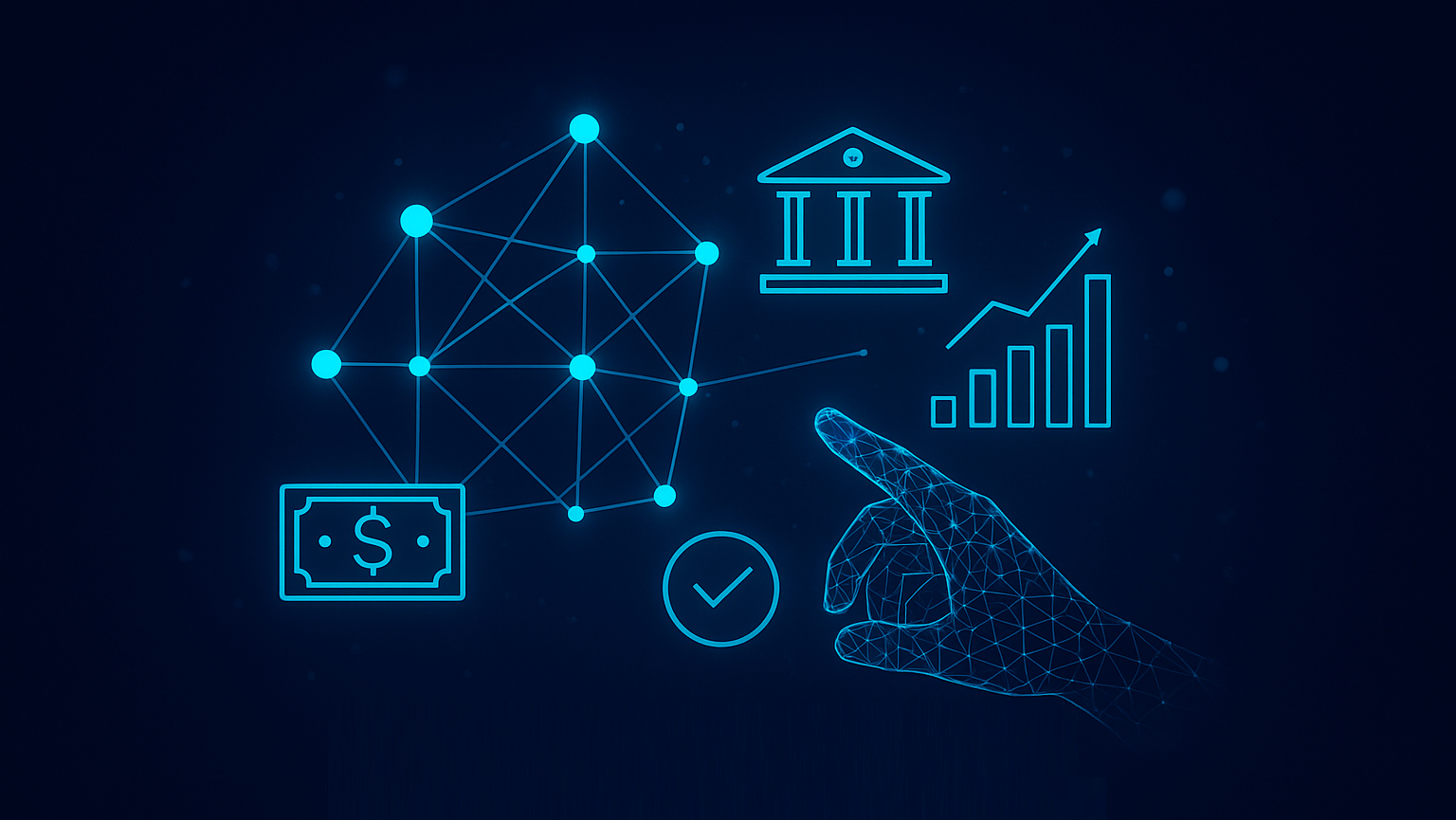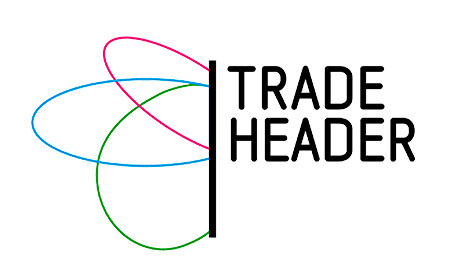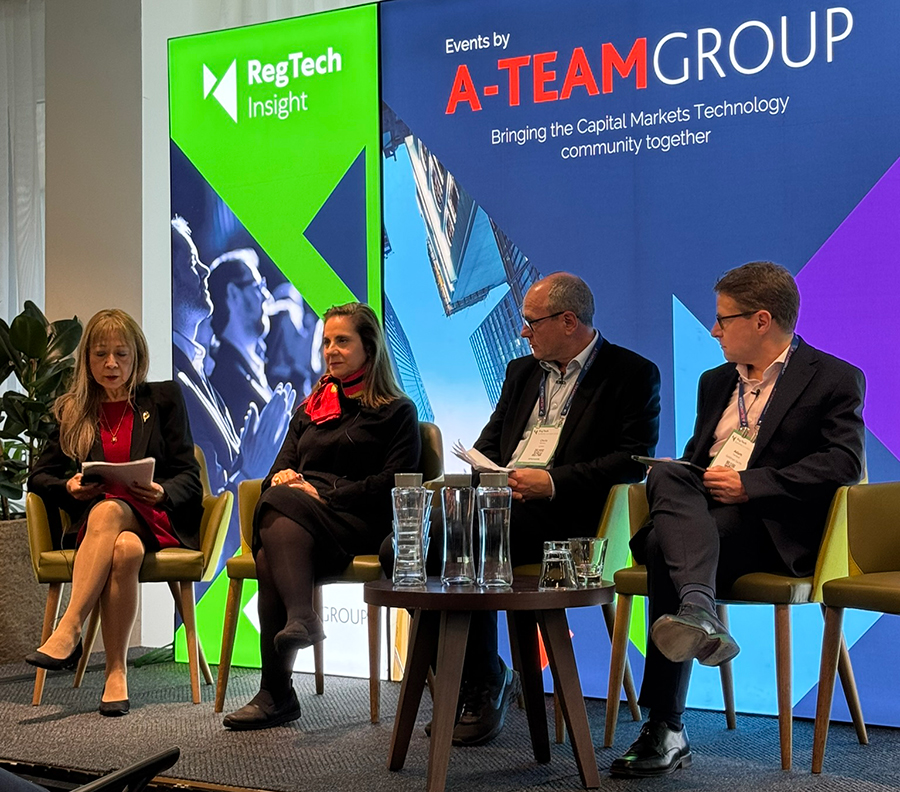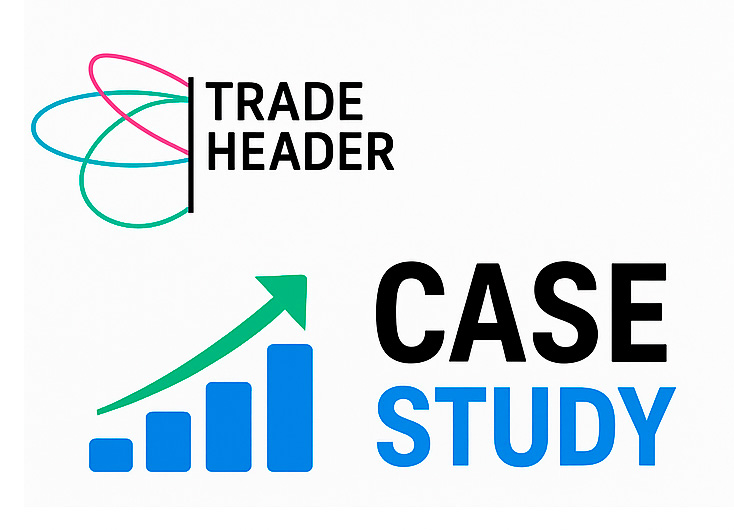As the financial world gathers annually, conferences like SIBOS invariably highlight the dynamism between regulatory complexity, market fragmentation, and the relentless drive towards innovation. This year, three major themes, Payments, Artificial Intelligence, and Digital Assets, dominated conversations. Yet, beneath the buzz of new technologies and strategic shifts, a single foundational truth emerged: data standardisation is the indispensable factor that ties all these threads together.
At TradeHeader, we approach these industry dynamics not just as observers, but as co-creators of the very data standards (CDM, FpML, FIX, ISO 20022) that underpin global financial markets. From this unique perspective, it is clear to us that true progress hinges on how effectively systems, jurisdictions, and new technologies can communicate with each other. Our focus is simple: helping institutions turn complexity into clarity through smarter standards adoption, validation, and integration.
Here are my three key takeaways from the latest Sibos conference, this year, held in Frankfurt, focusing on the practical steps financial institutions must take to achieve operational clarity and long-term compliance agility.
Payments modernisation: Data consistency is the new currency
The transition to ISO 20022 continues to shape the global payments landscape, forcing institutions to adapt to a new world defined by data consistency and cross-market alignment. While the deadline for SWIFT retiring its legacy MT messaging standard is November 2025, the challenge is no longer merely one of migration; it is one of long-term operational resilience.
Fragmentation between market infrastructures remains a major hurdle. Many organisations, especially those dealing with complex, multi-jurisdictional flows, still grapple with outdated legacy systems that are difficult to upgrade, leading to integration issues and high operational costs. The traditional strategy of expensive, point-to-point system integration increases the cost of data integration exponentially.
The next wave of innovation in money movement will not come from new rails alone, but from achieving better data quality, smarter validation, and end-to-end data interoperability. This is where standards expertise becomes critical.
TradeHeader has worked with SWIFT-related projects for more than five years and is a key facilitator in the adoption of ISO 20022. When your firm is migrating to this new standard, we are already native to the language, acting as your expert local guide. Our solutions provide the necessary expertise in data mapping, transformation, and validation, ensuring that front-office and back-office systems, like Murex or Calypso, can cleanly and clearly exchange business-critical information. We help firms bypass the expensive manual interpretation and integration that so often plagues these modernisation projects.
AI’s data foundation: The standards required for scale
Artificial Intelligence was, predictably, a dominant topic. However, the discussion wisely shifted from technology hype to the practical necessities of responsible deployment, focusing intensely on ROI, explainability, and security. The unanimous conclusion was vital for data strategists - AI will only be as strong as the data foundation it is built upon.
For institutions looking to scale AI initiatives, especially in areas like risk management, regulatory filing analysis, or trade processing, the immediate bottleneck is fragmented, siloed, and non-standardised data. If the underlying data quality is poor, any AI model built on it will lack the accuracy and explainability required for regulated environments. This is precisely why standards integration is the strategic enabler of AI. By standardising data using established frameworks like the Common Domain Model (CDM), institutions establish a single, trusted source of truth that is machine-readable and consistent.
At TradeHeader, innovation is formalised through our Research and Development ethos, where our expert developers continuously explore emerging fields like AI and Machine Learning in dedicated side projects. For instance, we are exploring the use of Generative AI to produce vast volumes of highly useful synthetic test data, accelerating the development of new solutions and systems. This work ensures that when our clients are ready to deploy AI, they have the high-quality, standardised data foundation required to build trust and achieve true scale.
Standards as the architecture for digital assets and regulation
Digital assets, stablecoins, and decentralised finance (DeFi) are maturing rapidly, moving out of the experimentation phase and into one defined by integration and regulation. The conversations surrounding these topics at Sibos revealed a clear trajectory. Future value networks will be highly interconnected, and consolidation toward integrated platforms is already emerging.
For these decentralised technologies, data standardisation is perhaps even more critical. Blockchain solutions rely on smart contracts that must be able to standardise not only the trade data but also all the surrounding reference data, such as indices and party identifiers, to a level never seen before. Without a common language, interoperability across different blockchain platforms, and between traditional finance (TradFi) and DeFi, is impossible.
The Common Domain Model (CDM) is the linchpin for achieving this structural integrity. As an industry standard blueprint for how derivatives are traded and managed across the lifecycle, CDM facilitates the consistency and interoperability necessary for new technologies like distributed ledger and smart contracts.
At TradeHeader, we are co-creators and ongoing maintainers of CDM, participating in day-to-day development through ISDA and FINOS. We apply this deep expertise to unlock value far beyond regulatory reporting. We are leveraging CDM for advanced use cases, such as the automation of collateral management for Initial Margin and even exploring its role as a common language for the interoperability of tokenised assets across different blockchain platforms. This is not theoretical; blue-chip clients like BNP Paribas and JP Morgan are already reporting in production using CDM and Digital Regulatory Reporting (DRR) we helped implement.
As our clients’ ‘regulatory rock,’ we translate thousands of pages of complex PDF rules into precise, machine-executable, open-source code, making adoption and compliance quicker, more accurate, and much more cost-effective. Regulatory change is no longer a one-off project; it is an ongoing function, and specialist expertise is required to manage the steady stream of updates from bodies like the CFTC and ESMA.
Data is Our Native Language
The strategic recommendations to leadership teams are clear. Future success relies on moving beyond fragmented, point-to-point integration toward a standardised, unified data architecture. Standards like CDM, FpML, and ISO 20022 are not just compliance tools; they are the engines of efficiency, risk reduction, and competitive advantage.
TradeHeader is your trusted partner - the expert team that consults, strategises, co-creates standards, trains internal teams and implements solutions. With a 20-year track record serving global financial institutions including UBS, BNP Paribas, and BBVA, we have the expertise to cure our clients’ data headaches and ensure they are building a scalable, future-proof foundation.





